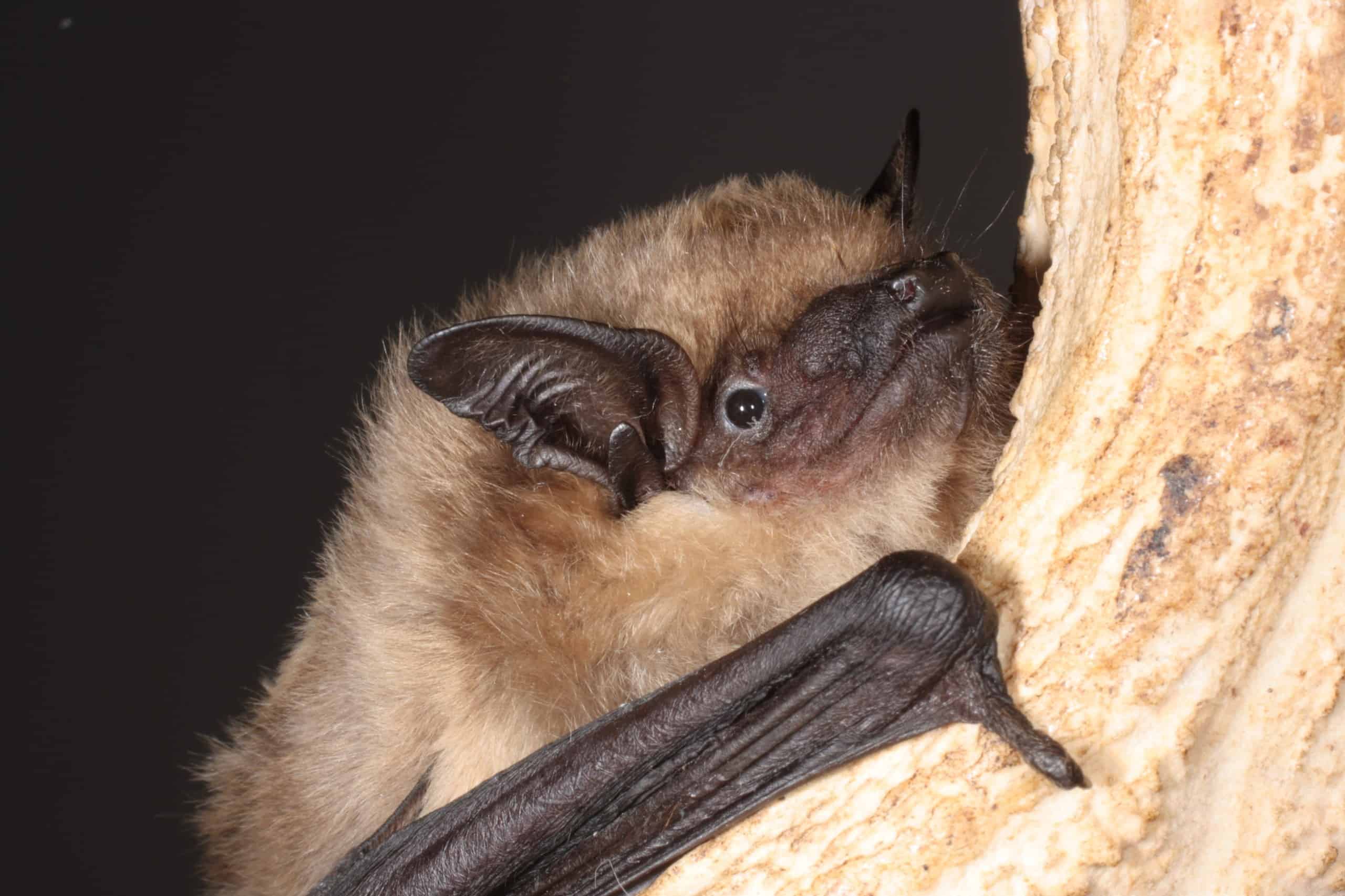Scientists have found evidence of the first-known mammal to reproduce by mating without penetration. It’s the serotine bat (Eptesicus serotinus), which has a penis around seven times longer than its partners’ vagina with a “heart-shaped” head that’s seven times wider than the vaginal opening — making penetration impossible. So how do they do it?

Rather than working as a penetrative organ, the serotine bat uses its oversized penis like an extra arm to push the female’s tail sheath out of the way so that they can engage in contact mating. It’s a behavior similar to what many birds also do, typically touching their multi-purpose organs called cloacas together in order to reproduce.
“By chance, we had observed that these bats have disproportionately long penises, and we were always wondering ‘how does that work?’,” Nicolas Fasel, study author, said. “We thought maybe it’s like in the dog where the penis engorges after penetration so that they are locked together, or alternatively maybe they just couldn’t put it inside.”
Bat mating
Not much is known about how bats reproduce, despite them being one of the largest groups of mammals. They live in places difficult to reach and most observations have only seen the backs of mating pairs. In this study, the researchers were able to see the bats’ genitalia during sex thanks to cameras placed behind a grid that the bats could climb on.
Fasel and his team collaborated with a bat rehabilitation center in Ukraine that filmed mating pairs and with a citizen scientist, Jan Jeucken, who filmed hours of footage of serotine bats in a church attic in the Netherlands. Altogether, the researchers analyzed 97 mating events — 93 from the church and four from the rehabilitation center.
The researchers noted that the erectile tissues of the penis were enlarged before they made contact with the vulva. Male bats grasped their partners by the nape and moved their pelvises and penises in a probing way until they made contact with the female vulva. Then, the male bats remained still and held the females in a long embrace.
On average, these interactions lasted less than an hour, but the longest such event went on for almost 13 hours. After this intercourse, the researchers observed that the female bats’ abdomens seemed to be wet, suggesting the presence of semen. However, further studies are needed to confirm if the sperm was transferred during the mating events.
An unusual penis
In their study, the researchers also characterized the morphology of the bat genitalia by measuring the erect penises of live bats captured during other studies and by doing necropsies on bats that had died at rehabilitation centers. When erect, the serotine bat penis is around seven times longer and seven times wider than the species’ vagina.
They believe that the bats likely evolved their large penises in order to push aside the female bats’ tail membranes, which females use to avoid sex. “Bats use their tail membranes for flying and to capture the insects, and female bats also use them to cover their lower parts and protect themselves from males,” Fasel said in a news release.
Up next, the researchers will continue studying bat mating behavior but in a more natural context. They are also looking at penis morphology and mating behavior in other bat species aside from the serotine bat. “We are trying to develop a bat porn box, which will be like an aquarium with cameras everywhere,” added Fasel.
The study was published in the journal Current Biology.









